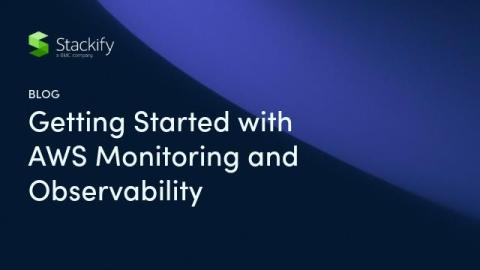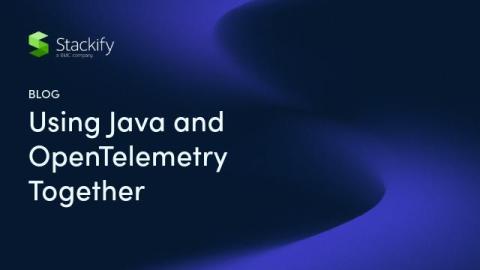Getting Started with AWS Monitoring and Observability
It’s no secret that many businesses rely heavily on Amazon Web Services (AWS) for their infrastructure and application needs. While AWS offers scalability, flexibility, and reliability, managing and monitoring cloud resources can be challenging. That’s where AWS monitoring and observability can be a tremendous asset. Today, we will explore how implementing these practices is crucial for ensuring that your cloud environment operates smoothly, efficiently, and securely.






